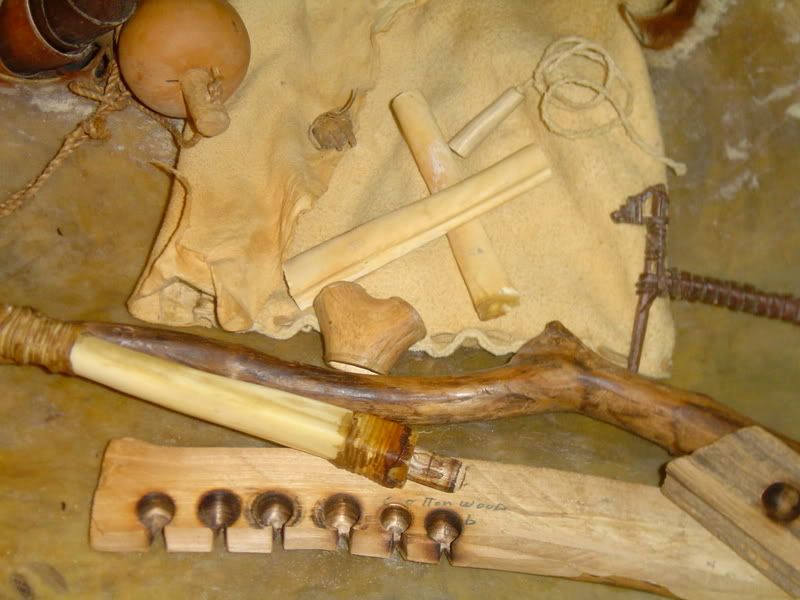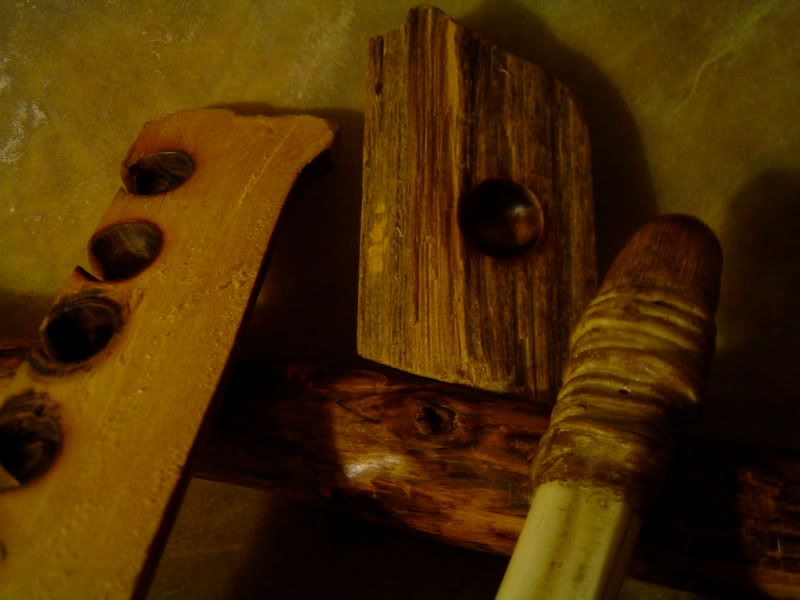Mr. Randall, it wasn't my intention to imply your article was wrong. I was simply pointing out some things that I have found over the years.
I'm quite sure that there are some knives that possess the requisite hardness to strike a spark. I am not personally familiar with these blades, but I feel safe in saying that they are not in common usage. On the whole, a good knife is annealed to normalize the steel after the stresses of forging; then it is hardened by reheating it and quenching it in some medium. At this point, the steel is very hard but too brittle for most uses. To make the blade soft enough to not chip/crack/break, it is tempered. This softens the steel and takes away from its ability to cast a spark. This is my experience from forging blades and flint-strikers. I have experimented and found that the majority of knives in common usage are just not reliable when it comes to striking stone in the hopes of gaining fire. Maybe things have changed in the ensuing years....
Winkler's knives are glorious, but I doubt that I could ever strike one against a rock. Seems wrong on soooo many levels considering the works of art that they are.
And while we're talking about primitive fire-making, here's my bowdrill cheater. It's the the rear lower legbone of a whitetail deer that has been squared up by rubbing it on a big rock in the river. The square cross section grips the string of the bow and doesn't round off or slip like you see happen with a standard wood drill. It also allows one to use a very short working bit, maximizing the length of use.
The proximal and distal ends are reinforced with rawhide and hide glue, and there's a permanent harwood tip to match the bearing block.
They're not hard to make and they work like a charm.

